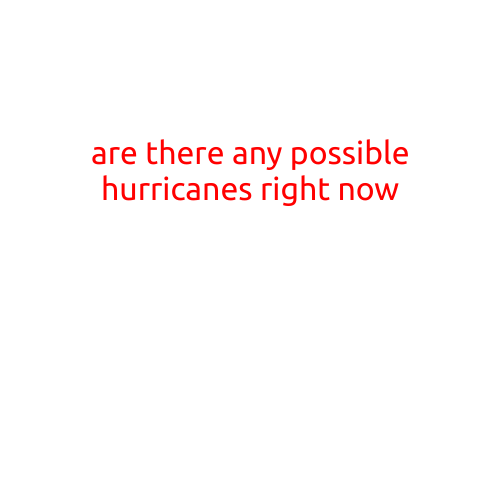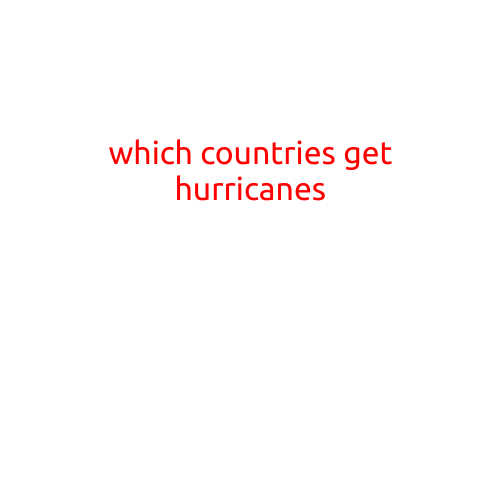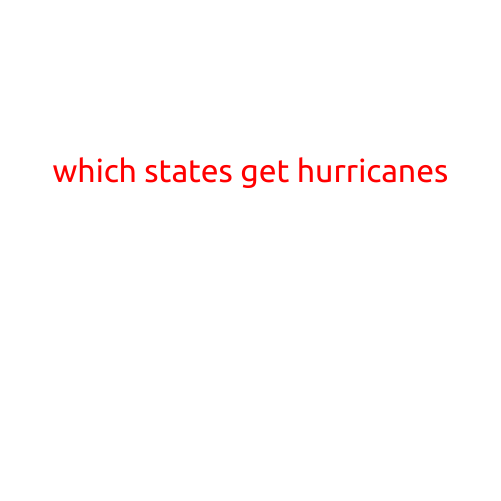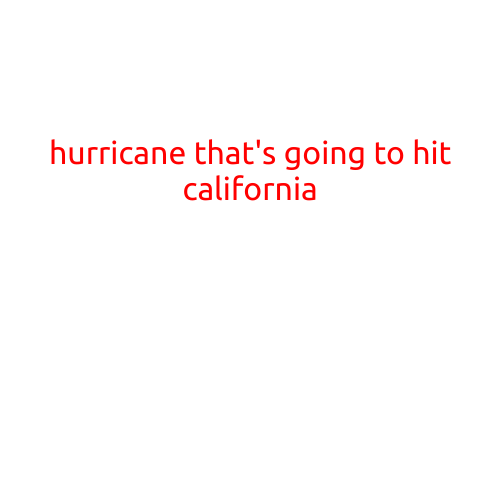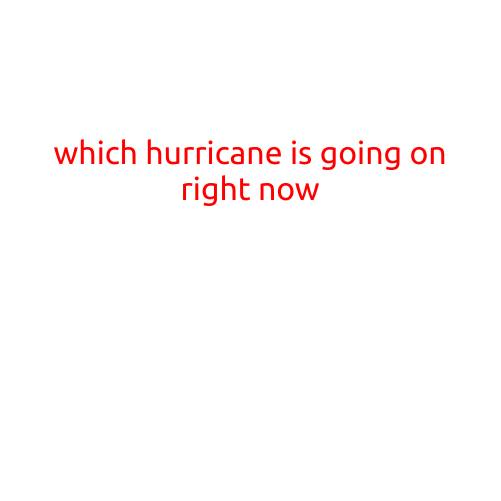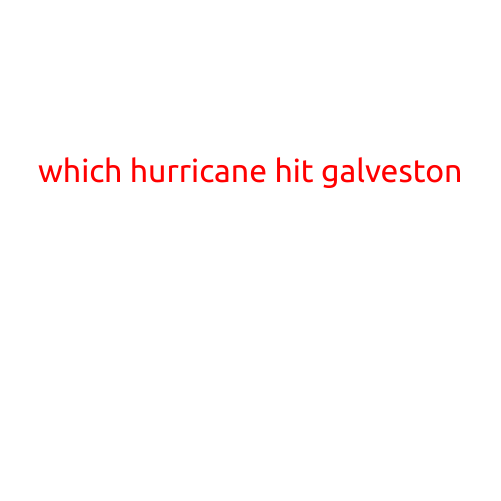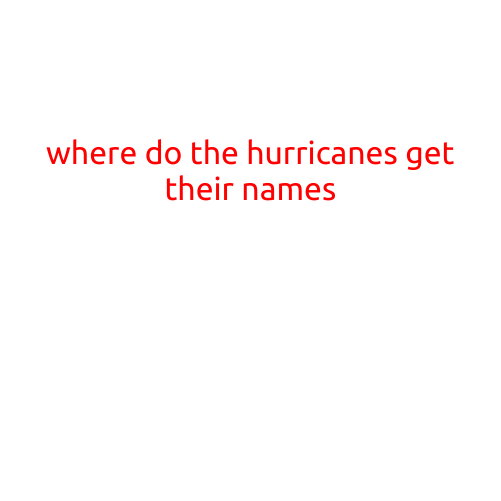
Where Do Hurricanes Get Their Names?
Hurricanes are powerful storms that can bring destruction and chaos to entire communities. But have you ever wondered how these storms get their names? The naming process is a long-standing tradition that dates back to the early 20th century. In this article, we’ll explore the origins of hurricane naming and how it works.
History of Hurricane Naming
The practice of naming hurricanes began in the 1950s, when scientists at the National Hurricane Center (NHC) in the United States realized that a numerical system was not effective in identifying specific storms. The use of names was first proposed by a meteorologist named Ted Reinheimer, who worked for the NHC at the time. Reinheimer suggested that using a list of feminine names for hurricanes would make it easier for the public to identify and remember individual storms.
Initially, the NHC used only female names, but in 1978, the decision was made to start using male names as well. This was done to reflect the growing number of hurricanes that were becoming category 3 or higher, and to avoid the perception that hurricanes were feminine and less severe.
How Hurricane Names Are Chosen
The World Meteorological Organization (WMO) is responsible for maintaining the official list of hurricane names. The WMO works with each of the six designated hurricane regions (the Atlantic, the Northeast Pacific, the Northwest Pacific, the Indian Ocean, the Southern Pacific, and the Southern Hemisphere) to select names for the storms.
The naming process involves a combination of three factors:
- A list of names: Each region has a predetermined list of names that are used in rotation. The list typically includes 21 names for the Atlantic and eastern Pacific regions, 40 names for the western Pacific region, and 64 names for the Indian Ocean and southern Pacific regions.
- Alternation of names: To ensure that the list is used fairly, the names are listed in alphabetical order, and each name is repeated every six years.
- Exclusion of certain names: Names that cause confusion with other tropical cyclone designation systems (such as typhoons or storms) are excluded. Additionally, names that are associated with natural disasters or tragedies are often retired from use.
The Naming Process
When a hurricane develops, the NHC assigns it a name from the list. The name is selected based on the alphabetical order of the list, with the first name being the first one on the list. If a name is already being used, the next name on the list is selected.
Retirement of Hurricane Names
Hurricane names are retired after a storm causes significant loss of life or damage. This is done to avoid using a name that is associated with a traumatic event. The decision to retire a name is made by the WMO, in consultation with the affected countries.
Conclusion
The naming of hurricanes is a complex process that involves cooperation between meteorologists, storm researchers, and government agencies. The use of names helps to identify individual storms, making it easier for the public to access information and stay safe. By understanding where hurricane names come from, we can better appreciate the importance of this process and the people who work tirelessly to protect us from these powerful storms.
